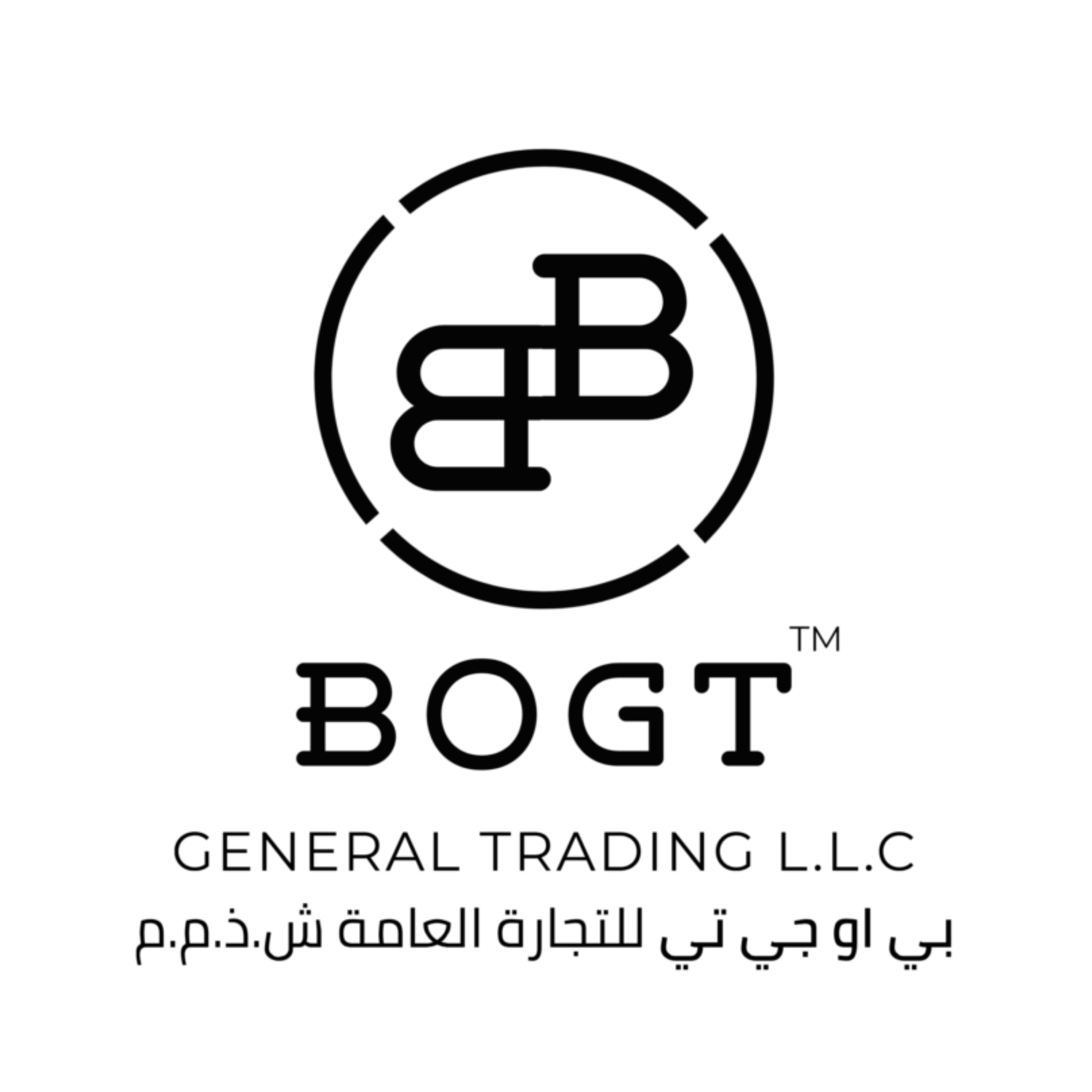Implementing micro-influencer collaborations effectively requires more than just identifying local personalities and sending outreach messages. It demands a structured, data-driven approach that ensures authenticity, maximizes engagement, and builds long-term partnerships. This comprehensive guide delves into the actionable steps, nuanced tactics, and common pitfalls involved in elevating your local brand through micro-influencers, drawing on advanced techniques and real-world examples.
1. Identifying the Right Micro-Influencers for Local Brand Collaboration
a) Criteria for Selecting Authentic and Relevant Micro-Influencers
To ensure your campaign resonates locally, focus on micro-influencers with authentic engagement and genuine relevance to your niche. Use these specific criteria:
- Follower authenticity: Look for signs of fake followers, such as sudden spikes in followers or low engagement relative to follower count (e.g., less than 3% engagement rate).
- Community relevance: Analyze their content to verify alignment with your local market—local hashtags, geotags, and community-specific topics.
- Content quality and style: Ensure their tone, aesthetics, and messaging style align with your brand voice.
- Audience demographics: Use tools like Facebook Audience Insights or Instagram Insights to verify local follower base and demographic match.
b) Tools and Platforms for Finding Local Micro-Influencers
Leverage niche tools that facilitate local influencer discovery:
- Upfluence and AspireIQ: Advanced filtering options for location, follower count, engagement rates.
- Heepsy: Geographically segmented influencer search with authenticity scoring.
- Local hashtag searches: Manual discovery via geotagged posts and community hashtags.
- Influencer marketplaces: Platforms like Takumi or Fohr often have filters for local micro-influencers.
c) Conducting Background Checks and Engagement Analysis
Go beyond surface metrics by:
- Manual review of recent posts: Check for authenticity, consistency, and local relevance.
- Engagement authenticity: Use tools like FakeFollowerCheck or manual analysis of comment quality—are comments genuine or generic?
- Historical consistency: Ensure their engagement metrics are stable over time, not artificially inflated.
d) Case Study: Successful Local Micro-Influencer Selection Process
A boutique coffee shop in Austin employed a meticulous selection process: they filtered local food bloggers with engagement rates above 4% and verified their followers’ authenticity using FakeFollowerCheck. Post-analysis revealed genuine community interaction, leading to a partnership that increased foot traffic by 35% over three months. This case exemplifies the importance of layered vetting before outreach.
2. Crafting a Compelling Outreach and Collaboration Strategy
a) Personalizing Outreach Messages to Build Genuine Relationships
Effective outreach begins with personalization. Use specific details about their recent content or community involvement:
- Start with genuine compliments: Reference a recent post or campaign that resonated with your brand.
- Show local awareness: Mention how their influence aligns with your geographic focus.
- Be transparent about your goals: Clearly state what you’re offering and what you seek in return.
b) Structuring Collaboration Proposals for Mutual Benefit
Design proposals that emphasize value for both sides:
- Offer tangible incentives: Cash payments, free products, exclusive access, or commission-based models.
- Propose creative freedom: Allow influencers to craft authentic content that aligns with their style, ensuring genuine promotion.
- Align campaign goals: For example, local event promotion or product launches, with clear deliverables.
c) Setting Clear Expectations and Deliverables
Avoid misalignment by drafting detailed agreements:
- Content specifics: Number of posts/stories, format, messaging themes.
- Posting schedule: Exact dates and times, considering local peak activity times.
- Tagging and disclosure: Use of proper hashtags and FTC compliance.
- Performance tracking: Agreement on reporting metrics and deadlines.
d) Sample Outreach Templates and Follow-Up Sequences
Below is an example of a personalized initial message:
“Hi [Name], I recently loved your post about [topic], especially how you highlighted [specific detail]. We’re a local business passionate about [industry], and I think your voice could really resonate with our community. Would you be open to exploring a collaboration that benefits both of us?”
Follow-up sequences should be spaced 3-5 days apart, emphasizing mutual benefits and addressing any questions or concerns they might have.
3. Designing Effective Content Campaigns with Micro-Influencers
a) Types of Content Formats that Drive Local Engagement
Leverage diverse content types tailored for local audiences:
- Instagram Stories & Reels: Short, authentic clips showcasing your product or service in real-life settings.
- Local event coverage: Live content from community events or store openings.
- Photo collages & testimonials: User-generated content emphasizing local experiences.
- Video tutorials or behind-the-scenes: Building trust and transparency within your community.
b) Creating Content Guidelines for Authenticity and Brand Consistency
Develop clear but flexible guidelines:
- Tone of voice: Friendly, community-focused, and transparent.
- Visual style: Use brand colors, logos, or specific filters but allow influencer creativity.
- Messaging points: Highlight local benefits, community stories, or special offers.
- Disclosure: Ensure compliance by instructing clear hashtag use like
#ador#sponsored.
c) Coordinating Content Calendars and Posting Schedules
Use shared project management tools such as Trello or Asana to:
- Create detailed content calendars: Map out dates, themes, and content types aligned with local events.
- Set deadlines: For drafts, reviews, and posting, to ensure timely execution.
- Enable collaboration: Comment directly on tasks for clarity and revisions.
d) Case Study: Step-by-Step Campaign Planning and Execution
A regional bakery in Portland planned a month-long campaign focused on the local farmer’s market. They followed these steps:
- Influencer selection: Chose 3 local food bloggers with engaged audiences.
- Content briefing: Provided guidelines on key messaging and branding.
- Content calendar: Scheduled weekly posts synchronized with market dates.
- Execution: Monitored live content, engaged with comments, and adjusted messaging based on real-time feedback.
- Results: Increased local foot traffic by 20% and social engagement by 50%.
4. Technical Details for Tracking and Measuring Campaign Performance
a) Setting Up Unique Tracking Links and UTM Parameters
Use Google’s Campaign URL Builder to create custom URLs for each influencer:
| Parameter | Example |
|---|---|
| utm_source | micro_influencer |
| utm_medium | social |
| utm_campaign | local_campaign_june |
b) Using Analytics Tools to Monitor Engagement, Reach, and Conversions
Integrate tracking links with tools like Google Analytics and social platform insights. Set up custom dashboards to visualize:
- Engagement metrics: Likes, comments, shares per post.
- Reach: Unique views and impressions.
- Conversions: Use dedicated landing pages with conversion pixels or promo codes linked to UTM parameters.
c) Establishing KPIs Specific to Local Brand Growth
Define success metrics aligned with your objectives:
- Local awareness: Increase in branded hashtag usage.
- Foot traffic: Measurable via in-store visits or local event sign-ins.
- Sales uplift: Trackable via unique promo codes or loyalty sign-ups.
d) Troubleshooting Common Data Collection and Attribution Issues
Anticipate and resolve issues such as:
- Attribution gaps: Ensure all tracking links are correctly implemented before posting.
- Duplicate data: Use filters and segment data to avoid double counting.
- Delayed reporting: Set up real-time dashboards and confirm data syncing.
5. Managing Micro-Influencer Relationships for Long-Term Growth
a) Building Ongoing Partnerships and Incentive Structures
Transform one-off collaborations into sustained relationships by:




